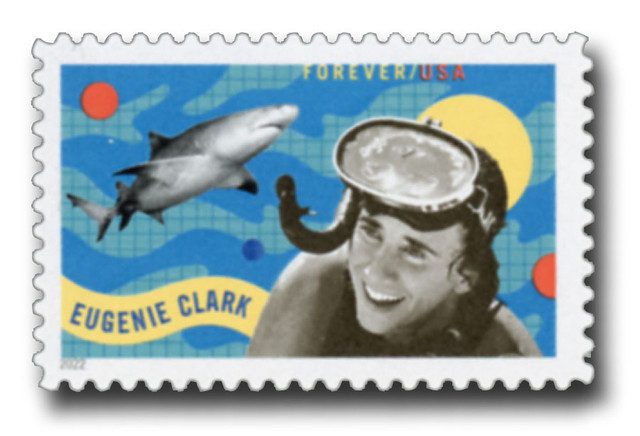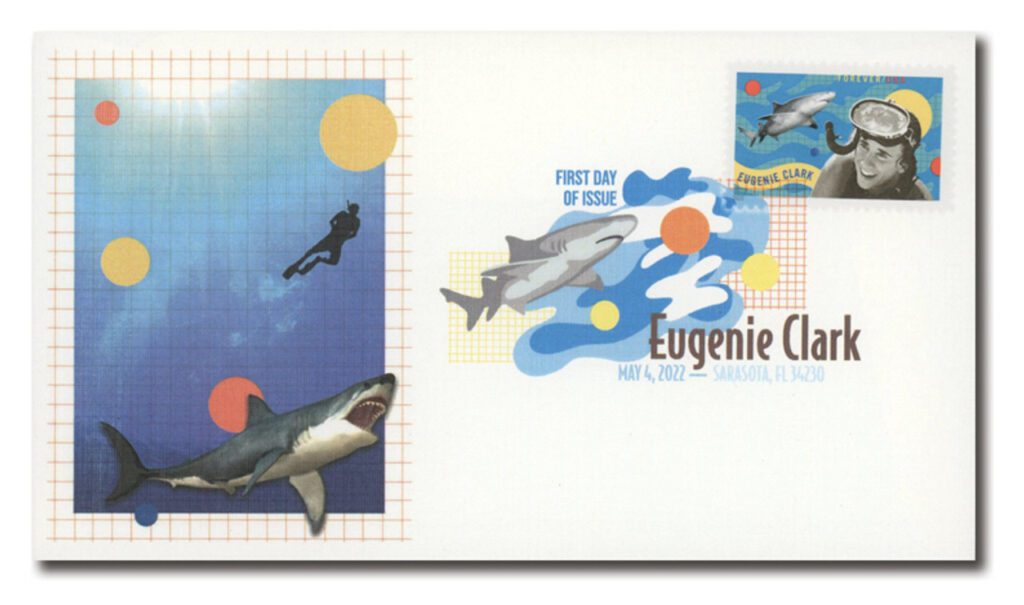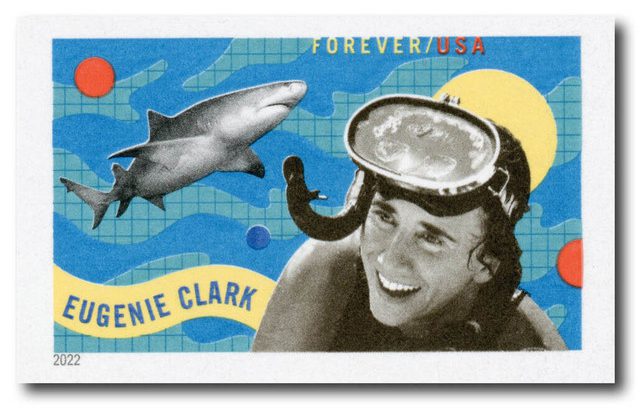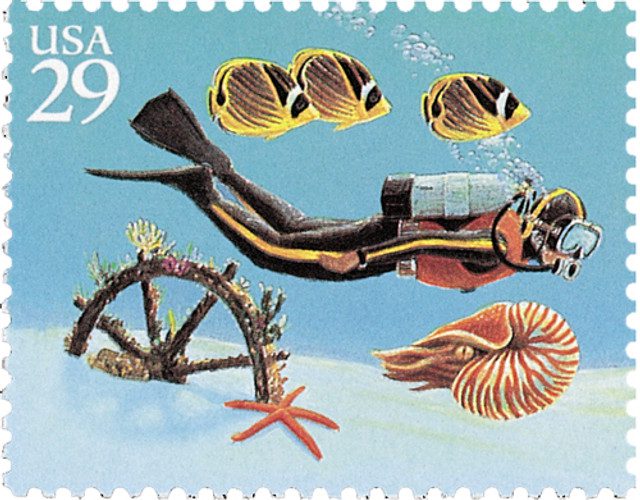Eugenie “Genie” Clark was born on May 4, 1922, in New York, New York. Nicknamed “The Shark Lady,” she was a world-renowned marine biologist best known for her work with sharks and trailblazing in the field of scuba diving for marine research.
Clark was born in New York City to an American father and Japanese mother. She was interested in the ocean at an early age and visited the New York Aquarium for the first time when she was nine years old. Clark studied zoology at Hunter College and then later obtained her doctorate of zoology from New York University. While an undergraduate, she spent her summers studying at the University of Michigan Biological Station.
As a graduate student, Clark did research at the Scripps Institution of Oceanography, the American Museum of Natural History, the Woods Hole Marine Biological Laboratory, and the Lerner Marine Laboratory. She also worked with the Office of Naval Research, observing fish populations in Guam, the Marshall Islands, Palau, the Northern Mariana Islands, and Micronesia.
After earning her doctorate, Clark received a Fulbright Scholarship for ichthyology (the study of fish) on Egypt’s Red Sea Coast. Clark wrote about this experience in her first book, Lady with a Spear, in 1953. The book was quite popular, with fans including Anne and William H. Vanderbilt. The Vanderbilts invited Clark to speak at a school in Englewood, Florida. After a discussion about the fish she encountered in the Red Sea, the Florida locals told Clark they had seen similar fish in their own waters and wanted to study them. The Vanderbilts then constructed a lab for Clark – the Cape Haze Marine Laboratory – in 1955.
When the lab first opened, Clark only had one assistant, a local fisherman. Clark was considered a pioneer in the use of scuba diving to study marine life. At the time, few others studied live fish in this way. She explored the waters and used glass jars to bring some specimens back to the lab to get a closer look. Clark published her studies in a variety of scientific journals, generating interest in her lab. Soon, other scientists came to visit and conduct their research in her lab. Clark became famous among fishermen and marine biology students for her many discoveries regarding fish and shark behavior.
Clark dedicated much of her time to debunking common beliefs about sharks in an effort to prevent their killing and promote marine preservation. She was the first person to teach sharks to press targets and the first to make “test tube” baby fish. Additionally, she found that the Moses sole, found in the Indian Ocean, makes its own shark repellent, which researchers have since used to protect humans. Over the course of her career, she made more than 70 dives and led over 200 research expeditions around the globe. She even once rode on the back of a 50-foot whale shark!
In 1966, Clark left the lab to teach, first at the City University of New York, and later at the University of Maryland, College Park. At the University of Maryland, she received three fellowships, five scholarships, and six medals. After retiring in 1999, she returned to Florida to serve as senior scientist, director emerita, and trustee at her old lab, which was then called the Mote Marine Laboratory. Clark continued to research and dive until shortly before her death on February 25, 2015.
Clark earned many awards for her work, including three honorary degrees and induction into several halls of fame. There have also been several fish species named after her.
Click here for lots more Fish stamps.
| FREE printable This Day in History album pages Download a PDF of today’s article. Get a binder or other supplies to create your This Day in History album. |
Discover what else happened on This Day in History.






